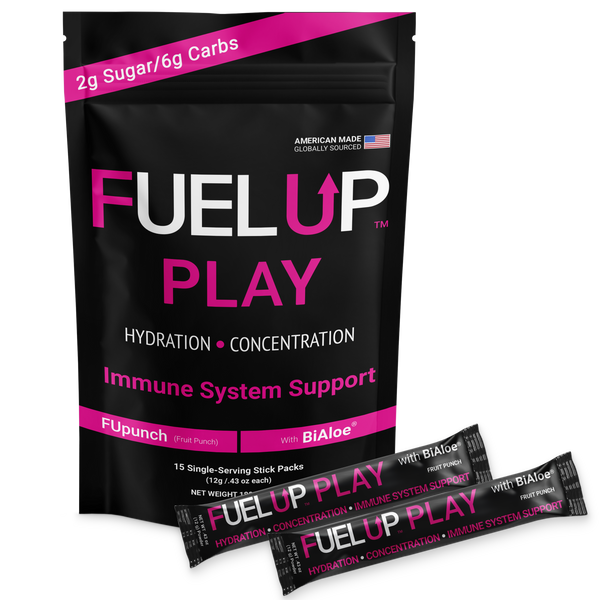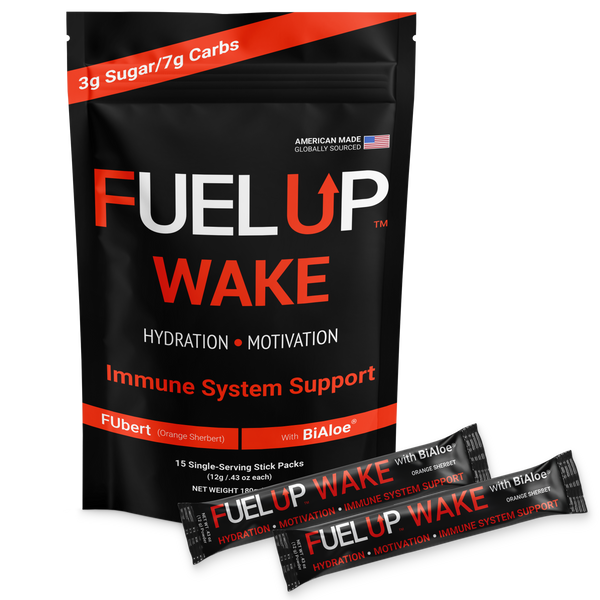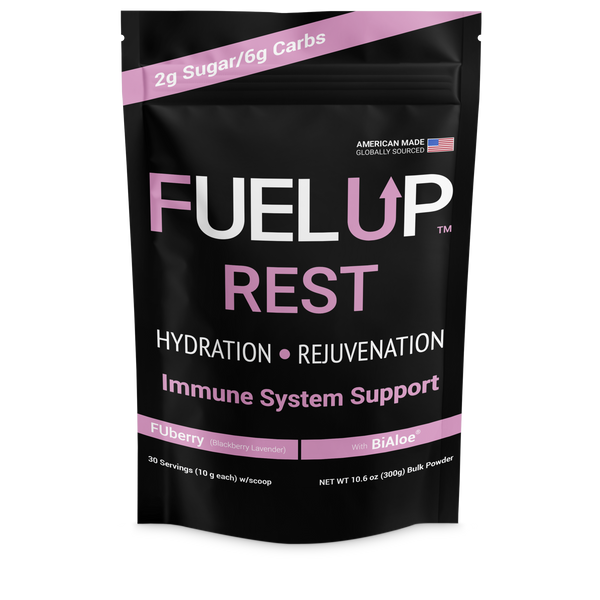Whether you’re training for a marathon, hitting the gym, or simply aiming to feel your best every day, understanding how lifestyle choices impact your hydration and vitamin status is essential. Optimizing these factors supports both immediate performance and long-term well-being, but misconceptions abound about what really affects fluid balance and nutrient absorption. Let's explore the everyday decisions that shape hydration and vitamin levels—and discover simple strategies to stay at your healthiest.
The Hidden Impact of Daily Routines
Our bodies constantly work to maintain balance. From sweating during a workout to the hours spent in climate-controlled offices, how we live each day can quietly drain both fluids and vital nutrients.
-
Exercise & Activity: Physical activity increases sweat loss, diminishing fluids and electrolytes. Even mild exercise can impact hydration, especially in warm conditions.
-
Diet Choices: Well-balanced meals provide water and a variety of vitamins. Diets heavy in processed foods often lack essential micronutrients, while low-carb or high-protein diets may require more water to support kidney function.
-
Work Environment: Air conditioning and prolonged screen time can result in chronic, mild dehydration—fatigue, headaches, and decreased concentration may follow.
-
Sleep Patterns: Poor sleep affects hormonal regulation, which can disrupt thirst signals and the body's ability to regulate mineral balance.
-
Travel & Lifestyle: Changes in altitude, exposure to sun, or long flights can quickly upset hydration status and nutrient stability.
Hydration & Vitamins: Inseparable Allies
Fluids and micronutrients work hand-in-hand. Water transports vitamins, maintains cellular function, and supports the body’s ability to absorb essential nutrients. Vitamin-rich diets (think leafy greens, citrus, seeds) don’t just boost overall wellness—they also help your body hold onto valuable fluids by supporting kidney health and metabolic processes.
Key Vitamins & Their Roles:
|
Vitamin |
Role in Hydration and Performance |
Good Sources |
|
Vitamin C |
Supports tissue repair, enhances iron absorption |
Citrus fruits, peppers |
|
Vitamin B6 |
Assists electrolyte balance, energy metabolism |
Bananas, chickpeas |
|
Vitamin D |
Supports muscle function, regulates calcium |
Sun, fortified foods |
|
Magnesium |
Helps muscle relaxation, supports electrolyte use |
Nuts, leafy greens |
|
Potassium |
Maintains fluid balance, nerve/muscle function |
Potato, avocado, banana |
Recognizing Subtle Signs of Imbalance
The signs of dehydration and micronutrient deficiency can be surprisingly subtle:
-
Mild fatigue and brain fog
-
Dry skin or persistent muscle cramps
-
Mood changes, irritability
-
Poor workout recovery Learning to spot these cues—and respond with small lifestyle shifts—can help prevent chronic issues.
Simple Strategies for Everyday Hydration & Vitamin Balance
You don’t need to overhaul your life to see results. Try these science-backed strategies:
-
Hydrate over time, not all at once: Drink water steadily throughout the day instead of large amounts in short bursts.
-
Choose foods high in water and nutrients: Fruits, vegetables, seeds, and whole grains help maintain optimal hydration and supply a range of essential vitamins.
-
Listen to your body: Thirst, low energy, and muscle cramps are signals. Honor them with mindful choices.
-
Adapt for activity: Match your hydration to sweat losses—bring water, consider electrolyte sources after intensive workouts.
-
Minimize dehydrating habits: Limit high-caffeine and alcohol intake, especially around workouts.
When Everyday Choices Need Extra Support
For those with particularly busy, active lives—or those facing special challenges like travel, climate changes, or heavy training—nutrient-enriched hydration solutions can offer added support. Functional hydration blends, like those from Fuel Up Hydration, combine the science of fluid balance with essential vitamins and minerals, making it easier to meet wellness goals efficiently. When choosing a supplement, look for options that disclose ingredients, provide clear benefits, and align with your dietary needs.





